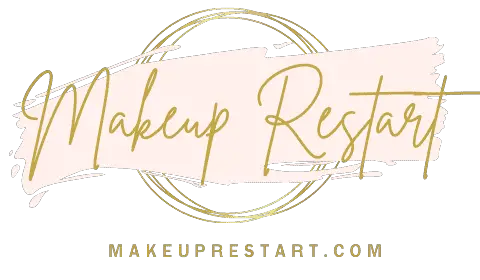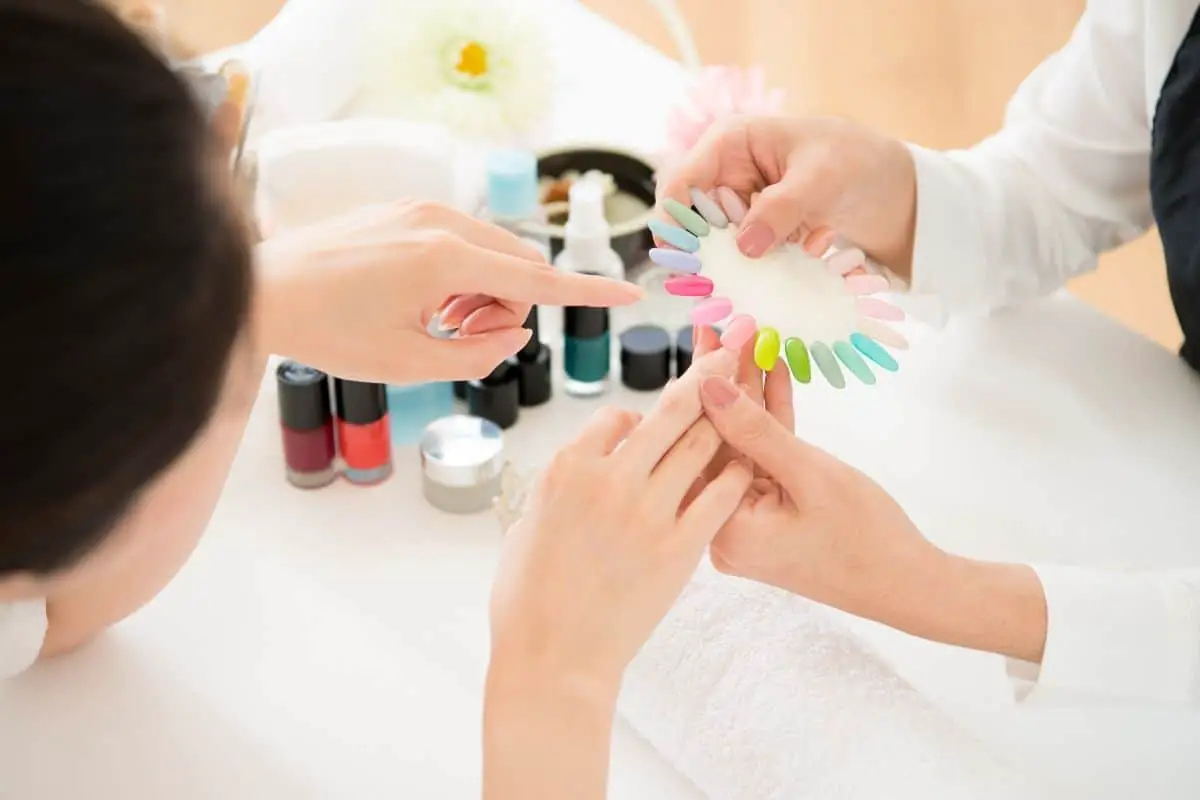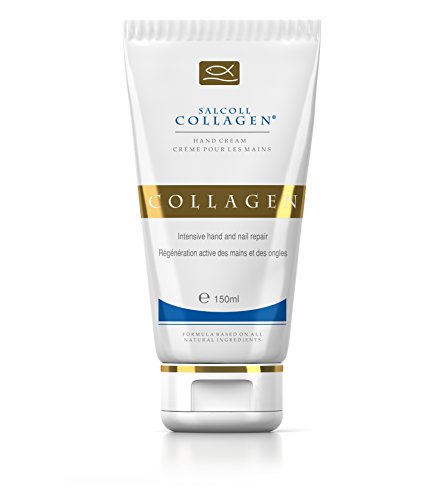This post contains affiliate links.
Once you start investigating the world built around a good manicure, you can never stop finding out new techniques and alternatives to the already existing ones. Since health is the number one priority to many of us, it is not unusual that you ask yourself whether there are any alternatives to UV lamps.
Media has played a great role in raising concerns about health issues the exposure to UV lights can produce. These concerns do not go in favor with the Shellac and other gel-based products which require the use of UV lamps to cure the nails.
Shellac can be cured without a UV lamp by using alternative products like high-speed drying spray or cooking spray, or by giving your hands a nice ice bath. Exposing the nails to the sun will cure it eventually. These methods are not recommended because they are time-consuming.
If I tickled your curiosity, let me tell you that later in this article I will explain why and how these unusual methods may actually work if you are patient enough.
Table of Contents
Difference Between UV and LED Lamp
Before we start with the alternative ways to cure Shellac, I must explain why Shellac needs a lamp in the first place, and what are the differences between the two most popular lamps on the market – the UV and LED lamps.
When it first appeared, the UV lamp brought revolution among nail techniques. It allowed several techniques to emerge, like gel polish, Shellac, and many others. Even now, these techniques can develop and become better day by day only thanks to the UV lamp that made them possible in the first place.
In order to cure any gel-based product, the use of a UV or LED lamp is required. Experience has shown that LED lamps are much faster than UV lamps, and that is the main reason why many women prefer the first rather than the latter.
Every gel-based product contains photoreactive ingredients, which harden after the reaction is triggered by UV or LED lamp. Both UV and LED lamps are based on emitting UVA waves, which are known to react with photoreactive substances, like the ones in gel-based polishes.
Technically speaking, there is no difference between UV and LED lamps when you consider only the basic principle on how they work. Both of them are based on waves that can be identified to be a part of the UVA range.
This means that both UV and LED emit waves that are considered to be UVA waves, only they use different spectrums. UV lamps use more broad waves, while LED lamps tend to use a more narrow spectrum, thus targeting only the area covered with photoreactive substances (basically the nail surface).
The biggest difference you will notice is that gel would require around 60 seconds to cure under a UV lamp, compared to 30 seconds a LED lamp would need to cure the same type of gel. Although it is twice faster, the LED lamp does not have any other advantage, if this one can be considered as one at all.
The thing is that many nail technicians would require more than 60 seconds to apply another layer of gel for example, so the speed doesn’t play a big role in this process. Actually, studies have shown that many women also believe that LED lamps are healthier than UV lamps.
Health Concerns Associated With UV Lamps
Women have raised some concerns about whether UV lamps are safe, or to be more precise, whether the UVA waves are safe for nail health. There were some studies conducted that tried to associate UV waves with some skin issues that might occur as a consequence of being under constant exposure to these lamps.
These concerns can be grouped into three main groups and these groups represent the main concerns that have been associated with the usage of UV and LED lamps over the years.
Premature Aging and Discoloration
Premature aging is often described as the appearance of wrinkles and fine lines on the face or body, due to exposure to UV waves. The exposure doesn’t necessarily need to come from the lamps; premature aging can happen also if you are exposed to the sun for a prolonged time.
But the hands are usually where you would notice the signs of aging first. This is because the skin on the hands is very thin, and it can easily lose its elasticity due to UV lights. This can result in the loss of collagen, which is known to be beneficial for our skin.
Lack of collagen in the skin may cause discoloration, such as dark spots that can appear on the hands. Also, since the elasticity is lost, the skin on the hands becomes wrinklier.
Phototoxicity
Before going for a new set of manicures, you should be aware that some medications react in combination with UV wavelengths thus producing a high risk of health issues.
The skin damage can appear in a form of increased risk of sunburns, especially during the summer period. In extreme cases, it can cause the nail to separate from the finger, which is a serious condition and should not be taken lightly.
To make sure this will not happen to you, always check with your doctor if you are taking any prescribed meds. The most common medication that can cause such issues is Doxycycline, which is used for acne and infections treatment.
Nail Damage
Although they can cure the Shellac and thus help with the reinforcement of the nails, UV and LED lamps can also be the reason for nail damage. Besides the nail separation I already mentioned, prolonged use of these lamps can cause the nails to thin and start layering.
I need to make one remark here – it is not proven whether the nail thinning is caused by the chemical formula of the nail polish, base, or gel used, or by the UV wavelengths. Also, the damage can happen during the removal process, so it is very hard to determine who the culprit is.
One trick to prevent this is to choose products and techniques that are known to be less invasive, like the Shellac, because the ease of application and removal is what makes the risk of nail damage go up or down.
Are Nail UV Lights Safe?
The FDA has marked the UV lamps safe. In a study they conducted in 2013, they imagined and inspected the worst-case scenario – that your nails and skin are exposed to UV wavelengths for 30 minutes every day.
This study has shown that the side effects that may appear are not that common, so the usage of UV lamps was placed in a low-risk group, as a conclusion.
Of course, some recommendations were saying that wearing UV absorbent gloves that only expose your nails eliminates the risk of any damage to the skin. Since these gloves are not a common practice for the salons to have, they recommended the use of sunscreen with SPF 15 or higher, as a replacement.
Nevertheless, you should take some precautions, just because you never know how you will react to a new product or treatment. Always make sure to follow up for any signs of irritation after the treatment, and if any appears, to react as quickly as possible.
How to Apply Shellac?
Shellac is a hybrid product, and although it comprises the characteristics of both regular nail polish, when it comes to application it is much more similar to the gel. The biggest difference is that the Shellac needs to be cured under a UV lamp, while the regular nail polish can be only air-dried.
Before you start with the application, make sure you prep the nails and cuticles correctly. This means that you need to remove any dirt and oils from the nails with a cotton pad dipped in acetone or alcohol.
Always make sure that you file the nails into the desired shape and that you cut them to the desired length, because later on in the process you will not be able to do this. The Shellac may be half gel, but it can only provide reinforcement, it cannot be used to change the shape or the length.
After you finish with the preparation, apply a base coat and be careful not to apply it to the cuticles, because this can significantly prolong or reduce the duration of the manicure, depending on how precise you are with the application.
The base coat will create a sticky layer for the Shellac to adhere to. Apply a thin coat of Shellac and cure it under a UV or LED lamp. Apply another layer if you are not satisfied with the density of the color.
In the end, apply a top coat to set the manicure off for another 14 days! The top coat will protect the color and provide shine for the duration of the manicure.
Here comes some more tips for long-lasting shellac.
Alternative Ways to Cure Shellac
I understand that everything aforementioned about the health issues has raised some concerns with you about the usage of UV lamps. As explained, the FDA has rated them low risk when it comes to health issues, but if you still want to avoid them, there might be a few tricks that could enable that.
Although many of these tricks I’m going to mention do not guarantee they will work for you, it’s worth giving it a shot. It is always recommended to use a specific CND LED or UV lamp to cure Shellac or gel polish because that is what will ensure the duration of your manicure.
Also, only with the Shellac that’s cured under a lamp, you can be sure it will provide you extra protection and reinforcement for 14 days. In any other case, you are risking the Shellac or any other gel product not being able to meet the expectations.
In order for any of these alternative methods to work, I will give you one crucial piece of advice – use thinner layers! If you want your manicure to set promptly with these methods, then the thinner, the better.
If the layers of Shellac are too thick, they will never cure naturally on their own, and they would always need some extra help in the form of UV or LED lamps.
Ice Bath
There is one old trick ladies used to practice all the time before fast drying top coats were invented for regular nail polish. This trick involves putting freshly painted nails under cold running water. Apparently, the nail polish likes the cold, and hardens and dries faster.
Since the Shellac is half nail polish, half gel, this trick may work on it too, but it requires some modification in the form of an ice bath. Grab a bowl and fill it with ice cubes and then soak your nails for a few minutes.
Make sure not to oversoak the nails, because the cold may damage your skin and cause frostbites. If it is hard for you to keep the nails in the ice for a few minutes, take breaks in between.
Sunbath
On the other hand, the Shellac cures due to the exposure to UVA lights, and what better source of these lights than the Sun! If you are patient enough, or you are just planning to spend a day on the beach or by the pool, try to air dry your nails in the sun.
This trick would eventually work and it would harden the Shellac, but it would take considerably more time, so I would not recommend it unless you are planning to sunbathe all day anyways.
Cooking spray
There are some products on the market that claim to be able to dry and cure the Shellac and other gel products without UV lamps. All you need to do is to spray the nails and wait until it does the work.
This concept is pretty similar to the concept of a top coat that dries in 60 seconds and sets the nails. If you don’t have any spray near you, a remedy from the kitchen may give unexpected results!
Some ladies have reported that by using a cooking spray they managed to replace the lack of high drying nail spray, mostly because of the very similar formulation. Just make sure to wipe off the excess oil from the nails once the Shellac has hardened.
Is It Worth It to Cure Shellac Without a UV Lamp?
My advice would be to always use the UV or LED lamp to cure Shellac, specifically those lamps that made CND. Only by doing this, you can be sure that you would get what you paid for.
The Shellac is half gel after all, and in order to last long, it requires a lamp to properly set all the layers on the nails. Without UV light you can never be sure if the manicure will be a success or not.
If you are feeling like you are on the adventurous side, then why not, try the alternative methods and see if they work for you. Their success rate depends a lot on the overall condition of the nails as well.
On the other hand, if you want to ensure you will get what was advertised by the CND, make sure you are following their recommended procedure in the process.
Also, there is one more thing you should consider when going for alternative methods – think about the condition you will leave your hands and skin after them. Exposing your hands to extreme cold in a form of ice, or to heat in a form of Sun can be very damaging.
Always make sure to take care of your hands and nails after you finish with the treatment, no matter which type you have chosen. Proper moisturizer and hand cream can save you a lot of trouble only if you remember to apply them regularly (and generously right after the treatment).
Another thing you should never skip is applying cuticle oil, to make sure the skin around the nails themselves is also properly moisturized.
SOURCES:
- Is It Safe To Use a UV Light For Your Nails? – UV Nail Light Risks
- How to Safely Use Nail Care Products
- Can You Use Gel Nail Polish Without UV Light? All You Need To KnowCan You Use
- How to Cure Gel Nails Without a UV Light – FAST & EASY!
MakeupRestart.com is a participant in the Amazon Services LLC Associates Program, an affiliate advertising program designed to provide a means for sites to earn advertising fees by advertising and linking to Amazon.com. We also participate in other affiliate programs which compensate us for referring traffic.











Leave a Reply